Captain Robert Falcon Scott arrived in Lyttelton in 1910 on his way to make history. The explorer was bound for Antarctica on the Terra Nova. He wanted to be the first person to stand at the South Pole. Scott led two expeditions from his Christchurch base to the Antarctic during the heroic era of exploration.
Age of Explorers
Scott chose Lyttelton as the port of departure for his expeditions. The first in 1901 was The National Antarctic (Discovery) Expedition. The second in 1910 was The British Antarctic (Terra Nova) Expedition.
On each occasion, the region rolled out the red carpet, treating the explorers and their crews like rockstars. The expedition members were treated to concerts and lavish dinners and invited to give lectures. Many expedition provisions were provided free of charge by the people and businesses of Canterbury. Crowds of locals visited the ships on the weekends, with extra trains scheduled so that tens of thousands could farewell the Discovery and Terra Nova.
In 1904 Scott’s Discovery returned to Lyttelton having successfully undertaken scientific research and reaching the farthest South at the time (82°16”S). The first Antarctic display was opened at the Canterbury Museum in 1904 with valuable contributions from the Discovery expedition.
Captain Robert Falcon ScottThere is not, I believe, any country in the world so fully in sympathy with the objects of the expedition as New Zealand.
The people here seem to have adopted these expeditions as their own, and to regard the people connected to them as wholly New Zealanders.
Triumph and Disaster
In 1910 Polar exploration became a race, as Roald Amundsen declared his mission to plant the Norwegian flag at the South Pole before Scott. Terra Nova departed Lyttelton with the expectations of the British Empire on her shoulders. The race to the Pole began in earnest. Scott and Amundsen were both plagued with doubt and paranoia that the other would claim the glory.
What came next was a story of triumph and disaster - of adventure, selflessness and courage. Scott achieved his goal of reaching the Pole on the 17th of January 1912, but suffered the bitter disappointment of being beaten by Amundsen by 34 days. Scott and his four companions perished on the return journey.
Captain Robert Falcon Scott, Inscription on the Scott Statue'I do not regret this journey which shows that Englishmen can endure hardships, help one another and meet death with as great fortitude as ever in the past.'
Honouring Scott's Achievements
News of the fate of Scott’s Polar Party would take a year to reach civilisation. When the Terra Nova sailed into Lyttelton on the 12th of February, she was greeted with a city in mourning. Through two expeditions over ten years, Christchurch had adopted Scott as their own, and the loss was felt deeply by the many people who had built a strong affinity with the world-famous explorer.
To honour the memory of Scott and his men, the Christchurch City Council commissioned Scott's widow Kathleen to sculpt a memorial statue of her late husband. The Scott statue was unveiled in February 1917. An inscription, one of Scott's last diary entries, is carved into the stone pedestal.
The statue was badly damaged in the 2011 February earthquake, snapping at the ankles and toppling from its plinth. The statue was repaired, and Captain Scott’s great-grandson was there to see his famous forebear, stand again in Christchurch, facing North – 100 years on from the first unveiling of the statue.
Read more detail on Scott’s Terra Nova Expedition.
See a video on the story of Kathleen Scott’s tribute to her late husband.
Polar Explorers
Many scientists and explorers travel down to the ice annually from Christchurch. Here's a few of our local explorers.

Margaret Bradshaw

